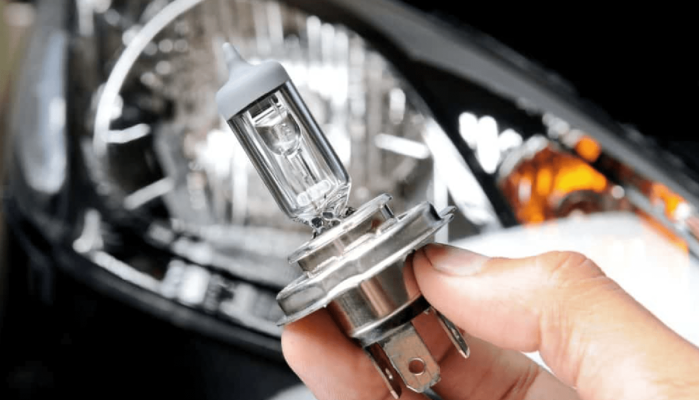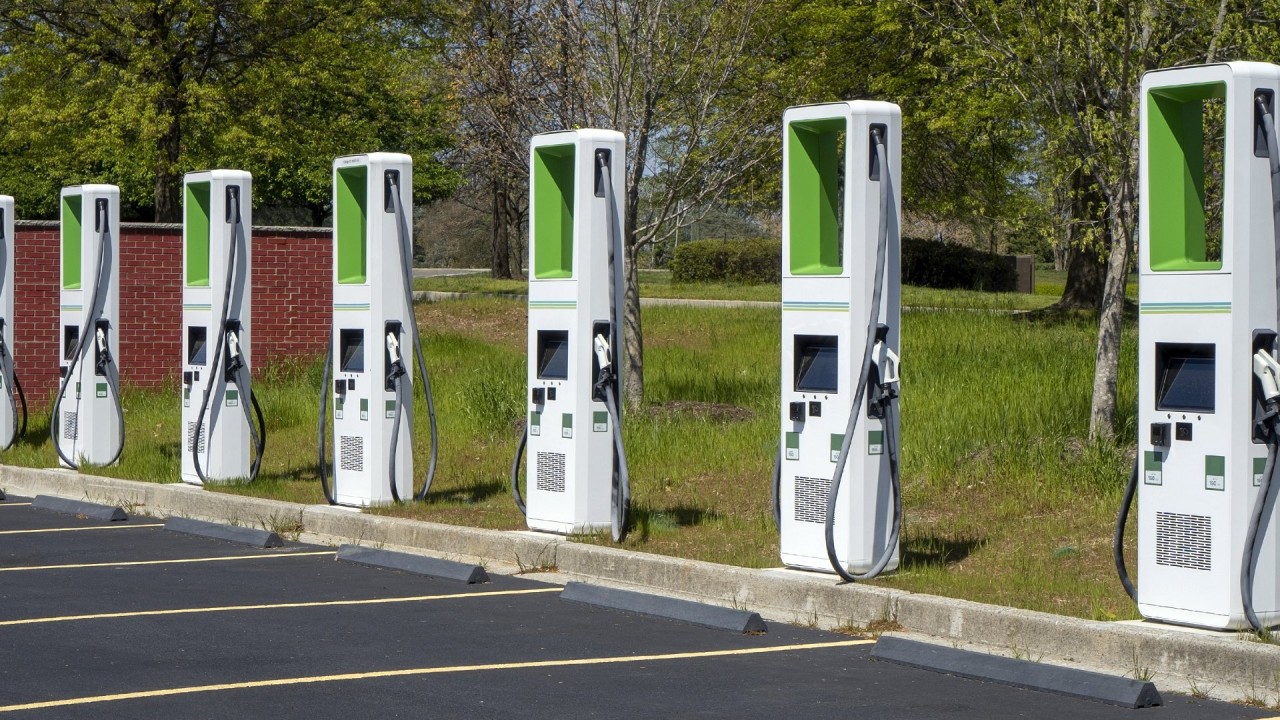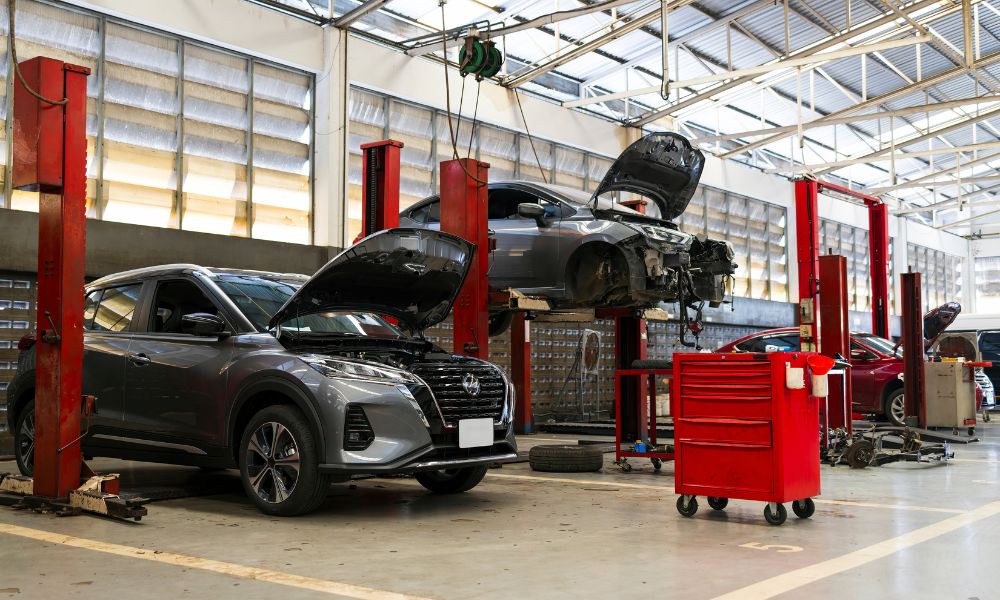What Goes Into Replacing a Damaged Turn Signal Housing?
The turn signal housing is an important part of your vehicle’s signaling system, protecting the bulbs and wiring that allow your turn signals to function. If the housing becomes damaged due to a collision, wear and tear, or exposure to harsh elements, it can compromise the effectiveness of the turn signals and leave the components vulnerable to further damage. Replacing a damaged turn signal housing is a detailed process that requires both mechanical skill and attention to safety.
Diagnosing the Damage
The first step in replacing a damaged turn signal housing is diagnosing the extent of the damage. A professional mechanic will examine the housing to identify whether the damage is superficial or if it has affected the internal wiring or the turn signal bulb itself. If the housing is cracked or broken, it may allow moisture or debris to enter, potentially damaging the bulbs or electrical connections. The mechanic will also assess whether the mounting points for the housing are intact or if the damage extends to the surrounding parts of the vehicle, such as the fender or bumper.
Removing the Damaged Housing
Once the damage is diagnosed, the next step is removing the damaged turn signal housing. This process typically involves unscrewing or unclipping the housing from the vehicle, which may be secured by bolts, screws, or fasteners. The mechanic will carefully detach the housing without damaging the surrounding area. During this step, the wiring and bulb connections must also be disconnected. It’s important to handle the wiring with care to avoid causing further electrical issues. This is where choosing the Auto Repair in Eugene, OR based service would be the best.
Installing the New Turn Signal Housing
With the damaged housing removed, the mechanic will install the new turn signal housing. The new housing must be the correct fit for the vehicle’s make and model to ensure proper function and alignment. The wiring and bulbs will be carefully reconnected, making sure that the electrical connections are secure and the bulbs are properly seated. The housing will then be mounted back into position using the appropriate screws or fasteners.
Testing the New Housing and System
After the new turn signal housing is installed, the mechanic will test the entire signaling system to ensure that it functions correctly. This includes checking that both the left and right turn signals light up properly and flash at the correct rate. The mechanic will also verify that the housing is securely in place and that the system responds to the turn signal stalk without issue. If the new housing includes additional features, such as an integrated reflector or lens, the mechanic will confirm that these components are functioning as designed.
Conclusion
Replacing a damaged turn signal housing involves careful diagnosis, removal of the old housing, installation of the new unit, and testing to ensure the system functions correctly. Professional replacement ensures that the turn signal system operates at full capacity, allowing drivers to communicate their intentions clearly and safely.




